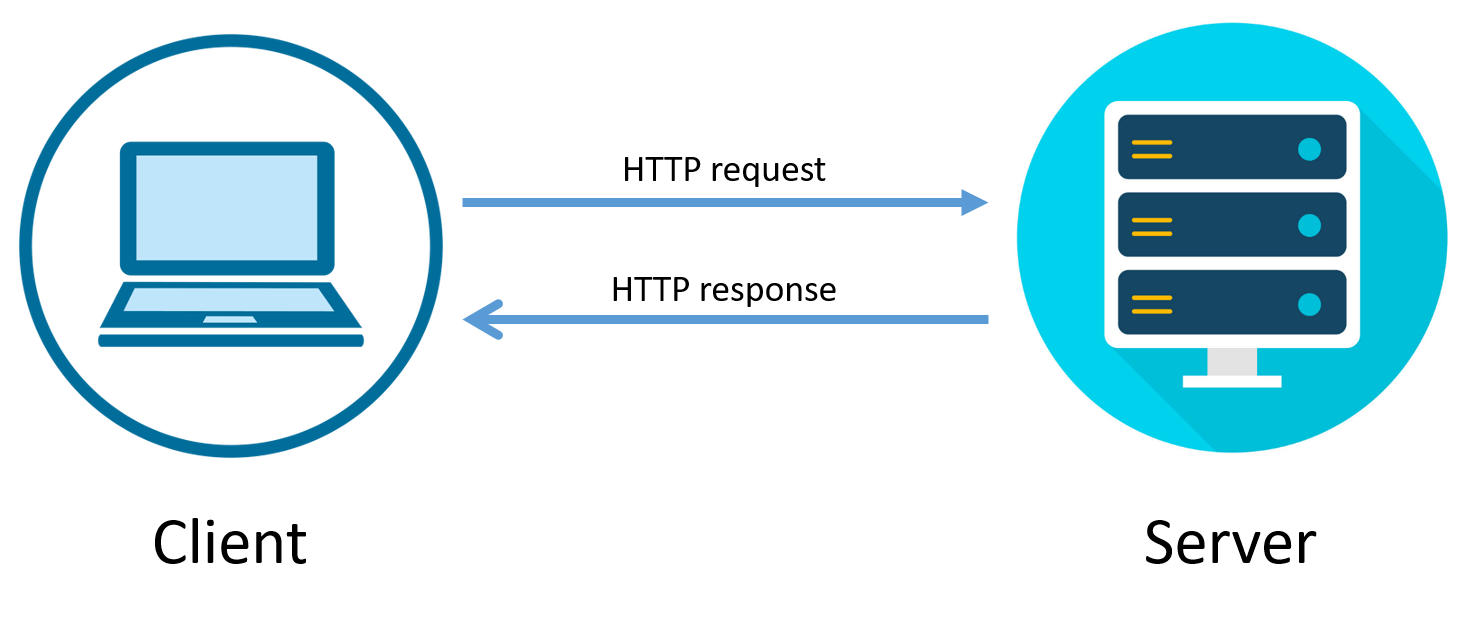How to track time using the web API
TimeTagger is open source and has a public web API. In this short article we provide a some background on what this means.
Tweakable
The code of TimeTagger is open source, which means that you can take the code, make any changes to it, and thereby run your own tweaked flavour of TimeTagger. To do this, you need some knowledge of Python and the technologies that TimeTagger uses.
However, because TimeTagger has a public web API, it is also possible to interact with the TimeTagger server without having to change the source code. Instead, you can write scripts or applications (in any language) that communicate directly with the server, using a pre-defined protocol: the web API. This communication is safe and secure - communication happens over https, and all requests are authenticated via a web token.
For more details, visit the developer docs.

Integration with other services
One advantage of having this API is that it enables the integration with other services. E.g. an accounting application could query the time spent on certain projects. These services can be web applications or desktop applications. Or even a simple script that you write as a hobby project.
One example service that uses the web API is the TimeTagger CLI, a simple command-line utility to track time using TimeTagger. Open source, of course!